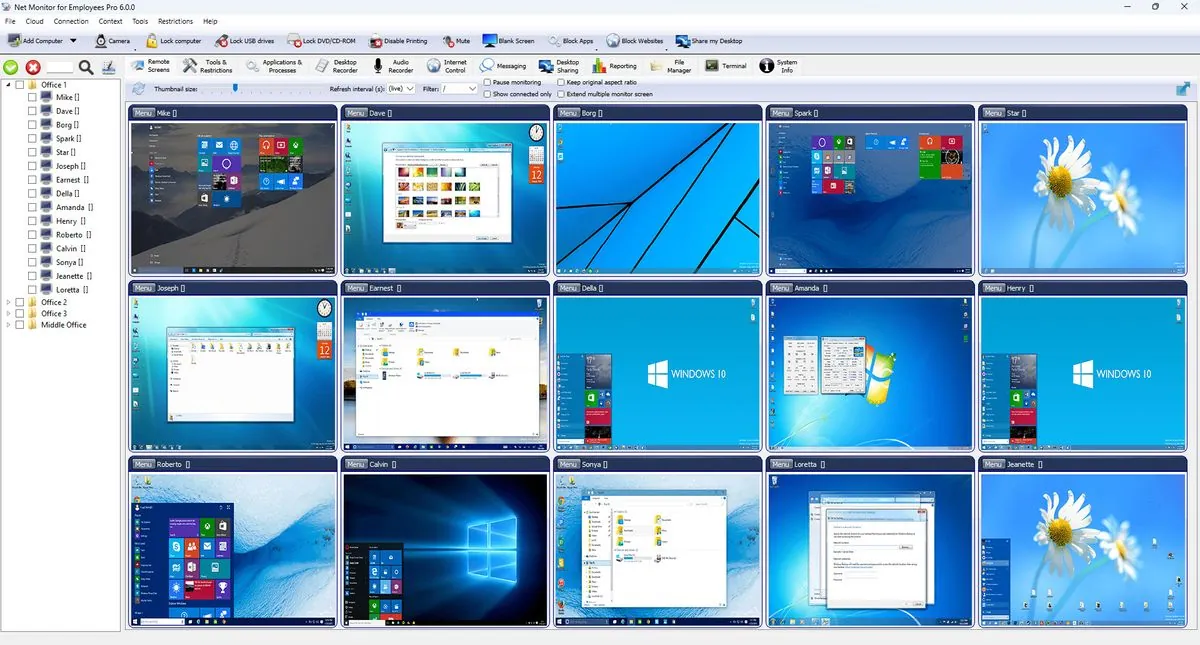Remote workers vs bosses: The cat-and-mouse game of workplace monitoring
Home-based employees find creative ways to dodge work while employers deploy high-tech tracking tools. This work-from-home battle shows how both sides try to out-smart each other in the digital age

Around 80% of stay-at-home workers watch TV during work-hours spending roughly 2 hrs daily on their favorite shows; while 1 in 10 brit workers take afternoon naps (usually between 3-4pm)
A recent study by TonerGiant shows that home-workers developed interesting habits: some do house-chores others paint their nails or even work two jobs at once. More than 33% of UK employees fake being busy according to Workhumanʼs research
Here are some popular tricks workers use to appear online:
- Moving mouse with weights
- Running endless presentations
- Starting self-meetings
- Using keyboard automation tools
- Keeping random documents open
I wiggle my mouse when work is slow and watch TV - it keeps my system active so no one knows Im not really working
Companies dont stay behind - they fight back with tech. About 60% of workers think their bosses watch them today; experts say this number will grow to 70% by 2025. Big names like Starbucks‚ AstraZeneca and Nestlé track employee chats‚ while PwC monitors office attendance
Some monitoring tools can: take screenshots snap webcam photos track keystrokes and even measure workers mood. One finance company found 7% of million workers faked their activity - which led to firing dozen employees
Tech-smart workers find ways around surveillance. A finance worker explained how they rename browser files to look like work apps; others use virtual machines to hide their real activity. But Amit Raj who runs a remote company says: even best software cant catch someone using another device
The monitoring race has its downsides - research shows employee burnout doubled when surveillance peaked. Half of workers stay logged-in longer than needed just to look busy which affects their well-being and creativity





























